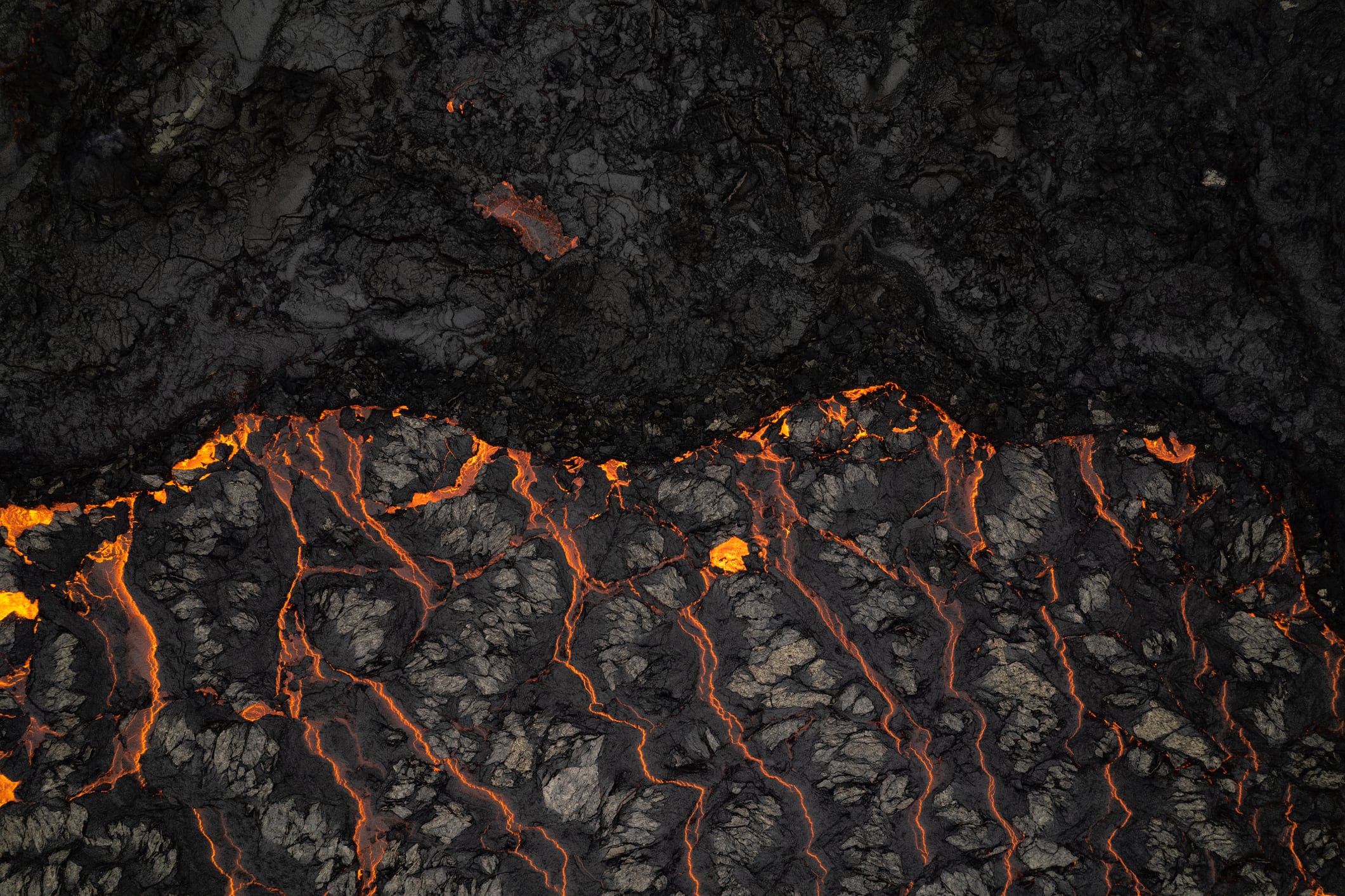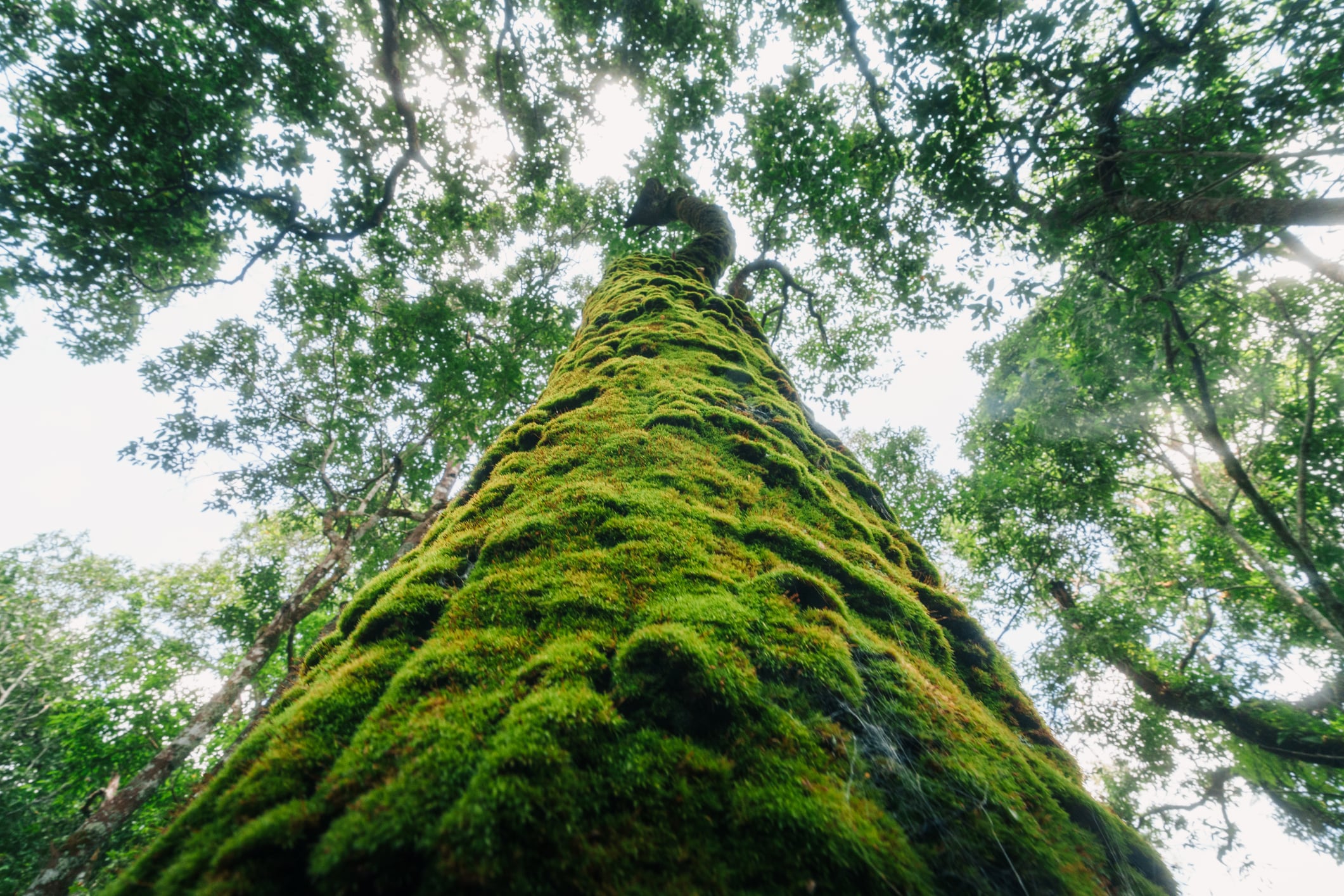Researchers from Rothamsted Research in England and INRAE in Bordeaux, France, along with the UK’s National Oceanography Centre, tested the effects of basalt rock dust, a by-product of quarrying, on two types of agricultural soil.
The team applied two different quantities in pot experiments at the equivalent of 80 and 160 tonnes per hectare to both sandy and silty clay soils, monitoring their impact on soil chemistry and ryegrass growth.
Effective on nutrient-poor soils
These results show that basalt can be an effective soil amendment, especially on nutrient-poor or slightly acidic soils.
The study found that basalt applications raised soil pH — a key indicator of fertility — by around 0.8 units. The rock dust also released valuable nutrients like potassium, which significantly increased plant growth in sandy soils.
However, the uptake of some, such as phosphorus and trace metals, declined due to changes in soil chemistry, particularly in soils that were already nutrient-rich.
Rock power or baseless?
The technique known as enhanced rock weathering aims to accelerate the natural breakdown of silicate rocks, a process that removes CO₂ from the air and stores it in the soil. Advocates say it could become a valuable tool in tackling climate change while improving soil health. But longer-term, rigorous study is still needed.
The trend of companies offering carbon credits for advanced rock weathering projects is accelerating in 2025. ERW carbon credits are now being issued and traded, and both voluntary market demand and methodological rigor are advancing rapidly.
Google is participating in a $33mn offtake agreement with Eion Carbon that aims to remove 79,000 tonnes of CO2 via ERW by 2030, for example. Microsoft has also secured carbon credits from Eion, indicating stronger interest from corporate buyers for these types of credits.
“The main message for companies doing so would be that the effect of rock dust applications depends very much on the soils where it is applied,” Rothamsted’s Stephan Haefele who was one of the co-authors of the study told AgTechNavigator, “and that is probably equally valid for nutrients as well as for the sequestration potential.”
The results show that basalt can be an effective soil amendment, especially on nutrient-poor or slightly acidic soils, he stressed. “But there is no universal outcome – local soil characteristics play a crucial role.”
Site-specific assessments crucial
The research adds to a growing body of evidence supporting the use of rock dust in regenerative agriculture – a practice increasingly seen as a frontline defence in the climate crisis.
The findings highlight the need for site-specific assessments before rolling out enhanced weathering on a large scale. While the approach holds promise for reducing atmospheric carbon and improving agricultural productivity, it’s no silver bullet.
Publication: Impact of Basalt Rock Powder on Ryegrass Growth and Nutrition on Sandy and Loam…





